“Species extinctions have defined the global biodiversity crisis, but extinction begins with loss in abundance of individuals” —Rosenberg et al., Decline of the North American Avifauna (2019)
So begins the first comprehensive review of bird population trends since the mid-20th century. Summaries of the study are available via the New York Times and NPR.
The results were unequivocal: 76% of all bird species in the US are declining, some precipitously. Compiling on-the ground data from Breeding Bird Atlases revealed that the total number of birds in the US has fallen by 29% since 1970. Some groups fared worse than other over the five decades in question: shorebirds were down 37%, warblers were down by 33%, and aerial insectivores were down by 32%. And the total volume of birds in the sky, as detected by the national weather radar, was down 14% in the last ten years alone.
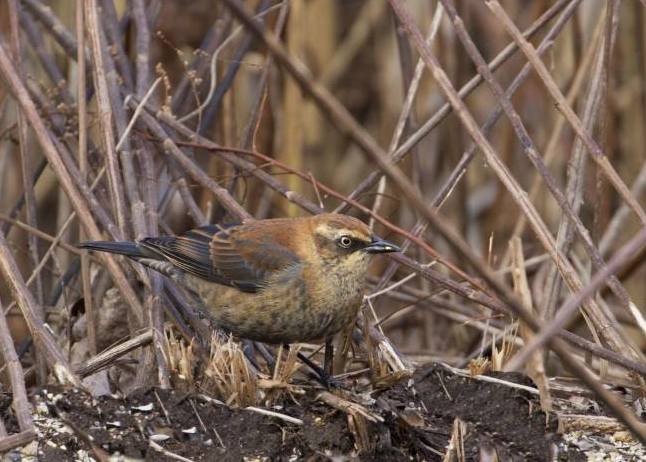
This is bad news. Really bad news. But it’s possible to fight, and it’s even reversible. Scientists and conservation professionals have time-tested and proven strategies for stemming the tide of ecological decline, and the only obstacles are funding, public interest, and political will.
Mass Audubon continues to take a multi-pronged, species-specific approach to mitigate the damage in our state. Here are a few of the solutions we’ve already mobilized:
Habitat protection
Birds simply can’t exist without bird habitat. We protect 36,000 acres of bird habitat in Massachusetts through direct ownership, and another 6,000 through “conservation restrictions” and other legal protections against development.
We’ve recorded 149 species of bird breeding & raising their young on our wildlife sanctuaries– over two thirds of the total species in the state.
Landowner Partnerships
Where we can’t protect land through direct purchase, we find ways to ensure that it’s being used in bird-friendly ways. Many grassland species have healthy populations on agricultural land, and agricultural practices can make or break their prospects for survival. The same goes for forest birds living on land actively managed for timber; birds and forestry can coexist where sustainable practices are applied.
Mass Audubon encourages bird-friendly agriculture through projects like the Bobolink Project, incentivizing landowners to delay mowing hayfields until after Bobolinks and other grassland birds have completed nesting. The project compensates landowners directly for any profits lost due to delayed mowing, and the compensation fund is 100% donor-supported. In 2018, we saved more than 1,000 Bobolink fledglings from going under the mower.
Similarly, our Foresters for the Birds program pushes a bird-friendly approach to forestry in Massachusetts. One of our sanctuaries even acts as a demonstration site for how sustainable forestry and bird habitat go hand in hand.
Direct Habitat Management
Mass Audubon is directly responsible for managing between 40-50% of Piping Plovers (a federally Endangered species) in Massachusetts, a state with 1/3 of the Atlantic Coast population. We also are responsible for 20% of the state’s American Oystercatchers, and 40% of its Least Terns.
Since 1986, Piping Plovers have rebounded from 135 pairs to 680 pairs.
While the Cornell study showed shorebirds declining on a continental scale, conservationists in Massachusetts have known that shorebirds were in trouble since the middle of the last century. That’s why Mass Audubon developed our Coastal Waterbird Program to protect shorebirds through management, conservation, policy development, and education.
Science-based Advocacy
In the past year alone, Mass Audubon petitioned for three species to receive special legal protections from the state: Eastern Meadowlarks, Saltmarsh Sparrows, and American Kestrels. These petitions were based on our own monitoring of these species’ populations, which are in particular trouble and require intervention, as well as growing consensus among ornithologists.
We also speak up when legal frameworks for protecting birds are under attack. The rollback of the Migratory Bird Treaty Act last year was a major setback for bird conservation, and we spoke up.


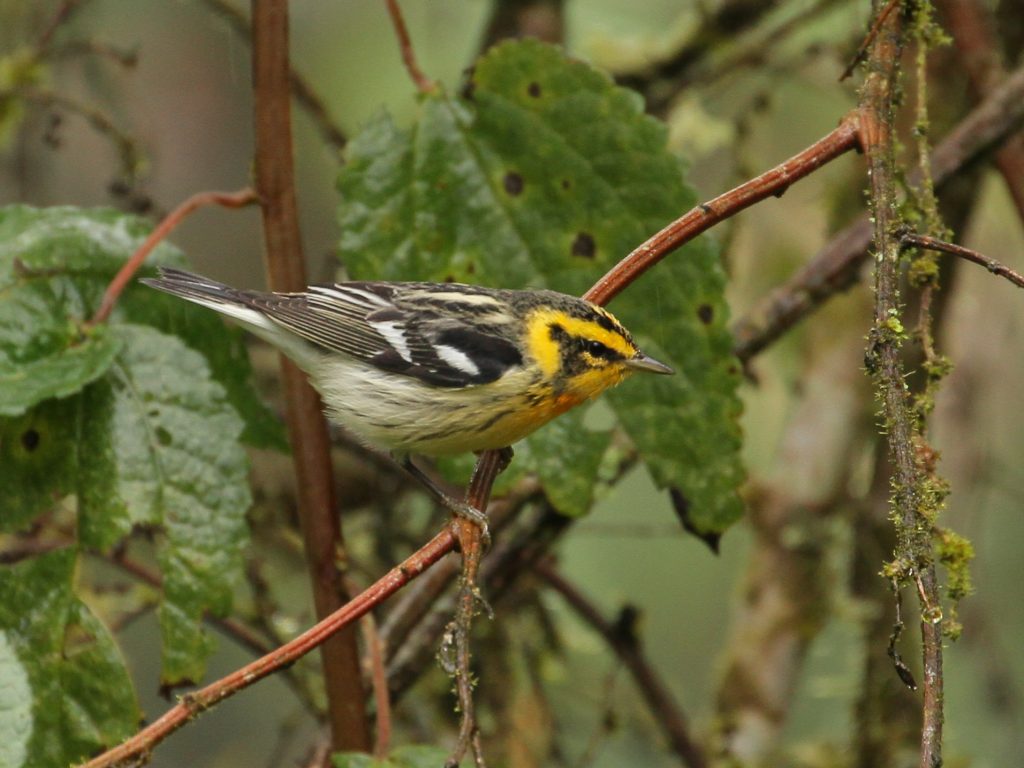 A wintering Blackburnian Warbler in the Ecuadorean rainforest. Photo ©Will Freedberg
A wintering Blackburnian Warbler in the Ecuadorean rainforest. Photo ©Will Freedberg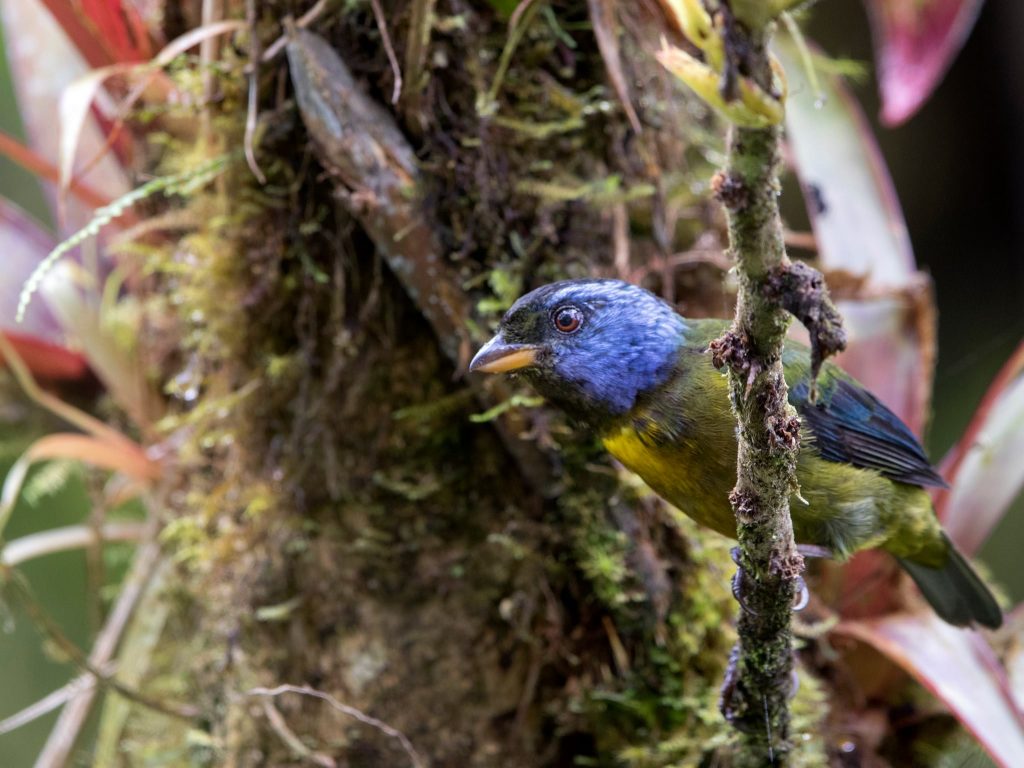 Feeders at Amagusa attract globally rare Moss-backed Tanagers. Photo ©Will Freedberg
Feeders at Amagusa attract globally rare Moss-backed Tanagers. Photo ©Will Freedberg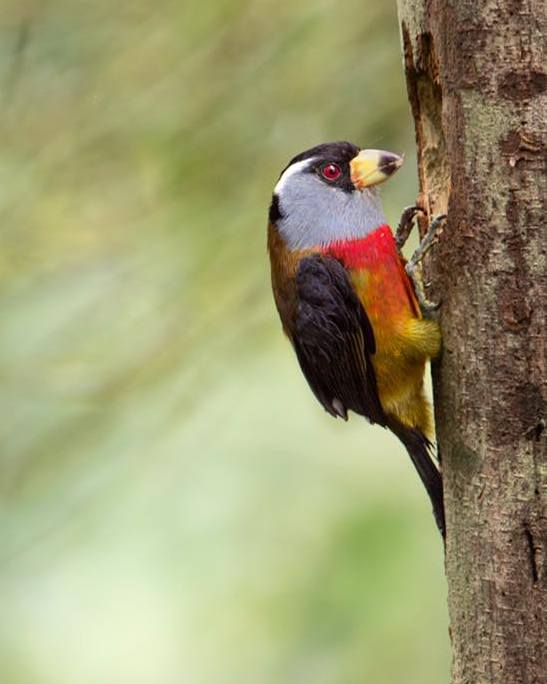 A Toucan Barbet at its nest cavity. Photo ©Will Freedberg
A Toucan Barbet at its nest cavity. Photo ©Will Freedberg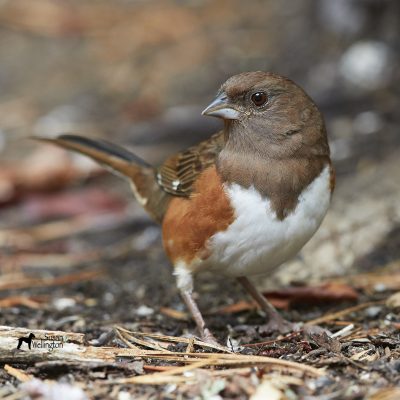
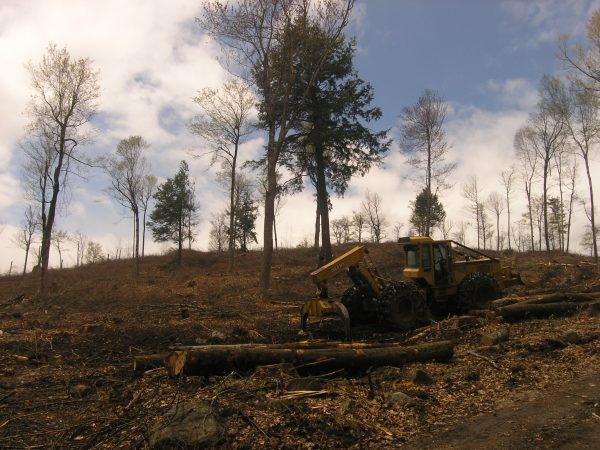
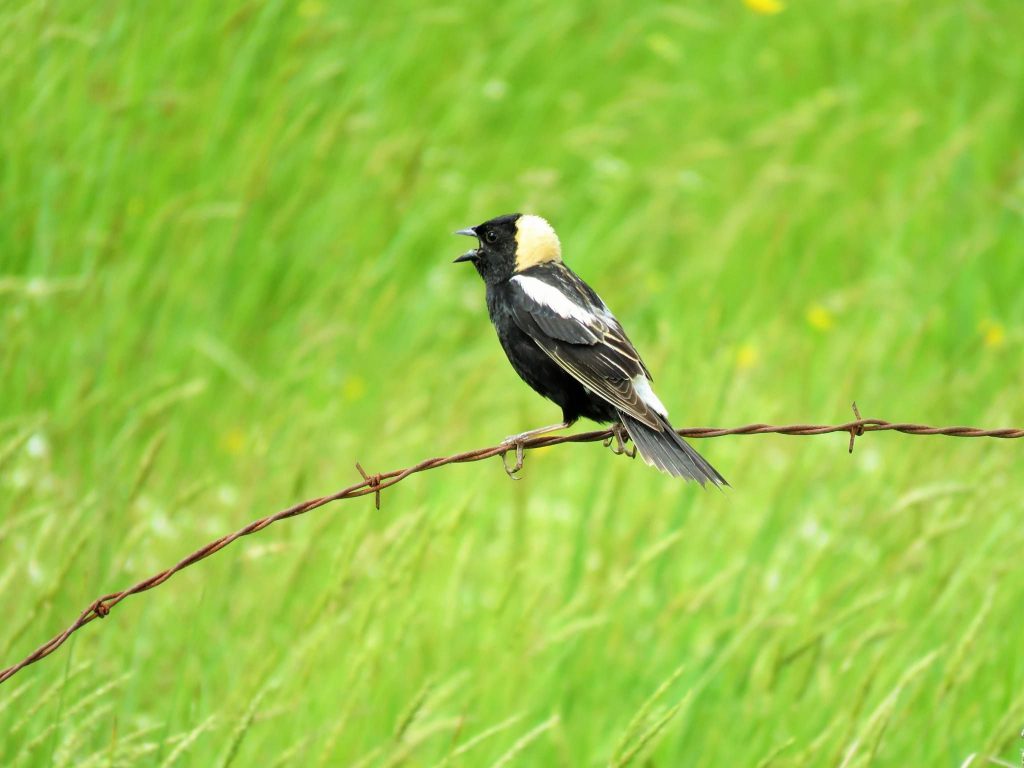
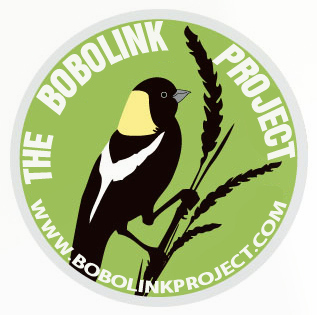 Hi all,
Hi all,